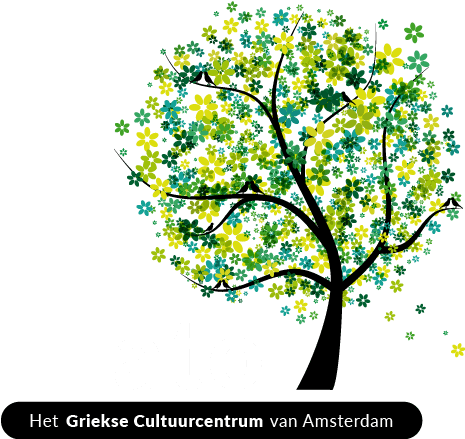No products in the basket.
“Ai Giorgis” (St George), the Victory-bearing knight of the spring
Ai Giorgis, the patron of farmers and breeders
April 23 is a special day in Greece. It is the feast day of St. George and the second milestone day in the year, after the feast day of St. Demetrios. It is identified with the coming of spring, the sowing and transfer of the flocks to the mountain. That is why farmers and breeders consider St George as their patron.
According to an old tradition of Central Greece, in the old days a dragon blocked the water of the area and the villagers suffered. Only when the villagers brought him somebody to eat he was satisfied and they could have some water. The name of the victim was decided every time by a drawing of lots.
But one year the drawing produced the name of the local princess. In response to her prayers, Ai Giorgis (St George) appeared miraculously on his horse, killed the dragon and he saved the princess.
Strong traditions at the name day of St George

In Arcadia – Peloponnese well-known customs that resist the passing of time are the blessing of the fields and the branches of the walnut tree at the doorstep of the houses, while at Asi Gonia,
Chania, Crete the local breeders go together with their flocks to the church of Ai-Giorgis Galatas (=St. George of the milk) to take his blessing.
The most important oath of Sarakatsans (former nomads in Greece) is that they make in the name of Saint George, while in many areas (Arachova of Viotia) festivals are organized with traditional competitions, local dances, traditional music, accompanied by local dishes.
In Northern Greece (Xanthi, Serres) many customs like the Pechlivanides revive, which focus on the fight of the Saint with the dragon and his final victory.

“Ai Giorgis Mantilas” & the custom with the handkerchiefs
A reference point is the custom with the handkerchiefs in Central Greece (Kalambaka). There at the area of Kastraki, the chapel of St. George Mantillas (=of the handkerchiefs) is to be found. The chapel is at the bottom of a steep cliff.
According to the custom every year, young people with hundreds of handkerchiefs -tributes of pilgrims tied around their waist, climb the steep cliff with the help of ropes in order to hang the new handkerchiefs on the top and get the ones of last year. When they go down, they share the old handkerchiefs with the pilgrims who watch the dangerous climb as a talisman.
The custom of the handkerchiefs seems to have its roots to the era of Ottoman domination. At that time, during a popular tradition, a man of Turkish origin fell unconscious while picking woods in the area of the Monastery. His wife prayed and begged the Saint to help her husband and when the man stood up the woman offered her handkerchief to the Saint, as a thanksgiving gift. Since then the monastery named Agios Georgios Mantillas.
However, there are many different versions of the above story.
“Ai Giorgis Koudounas” (=the one who brings bells), Pringipos
Also characteristic is the case of St. George Koudounas (=the one who brings bells) as it is called, at Prigipos (Propontis, the Prince’s Islands near Constantinople). The icon was found by a shepherd, covered by bells and that is why it took that name.
Since it has been found until today it is a place of pilgrimage not only from Greeks, but also from Turks who never forget to honour the Saint at his feast day. St. George Koudounas is considered to be miraculous and healer of mental aberrations.
© Lato,
Het Griekse Taal– & CultuurCentrum van Amsterdam




